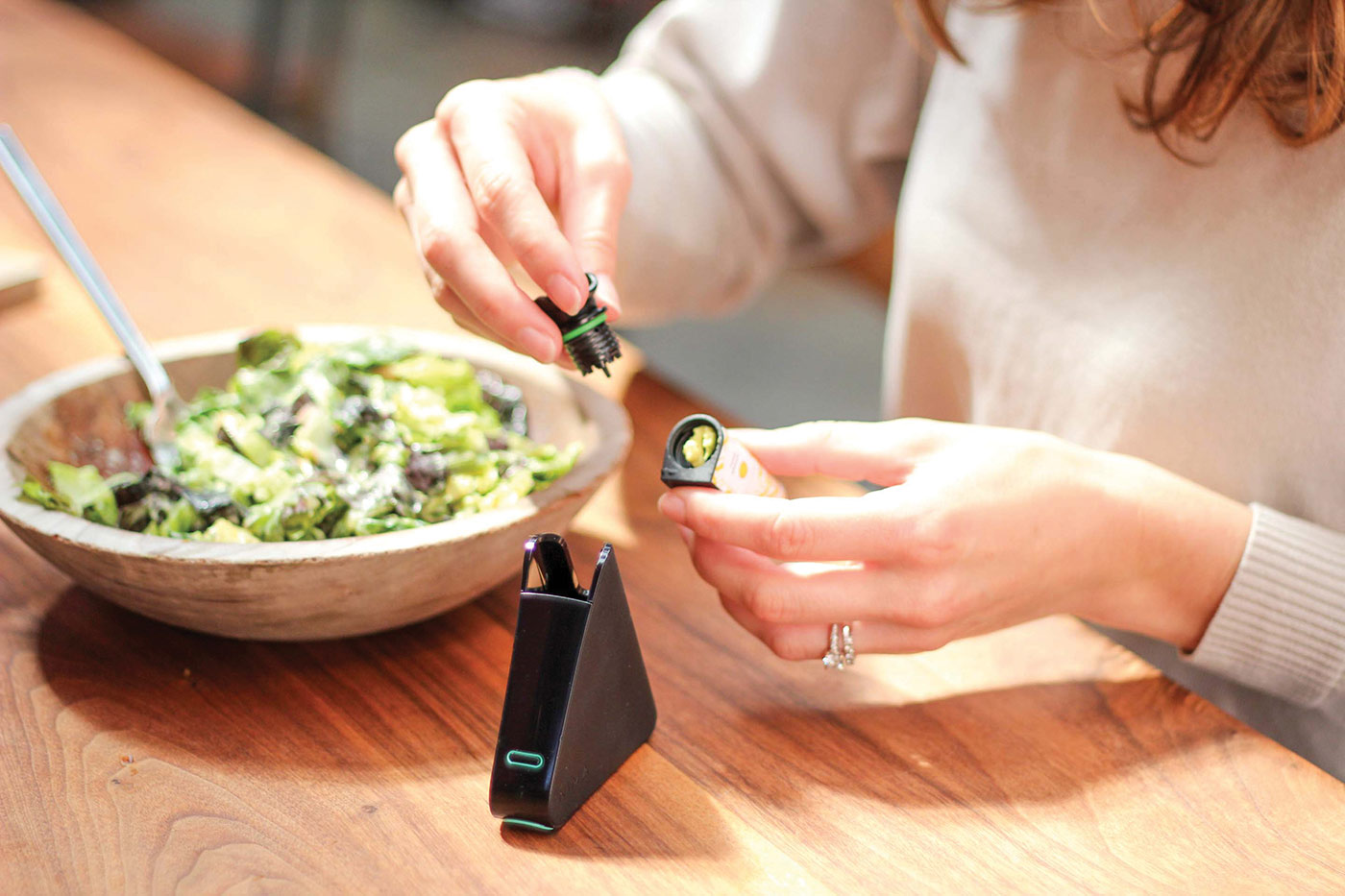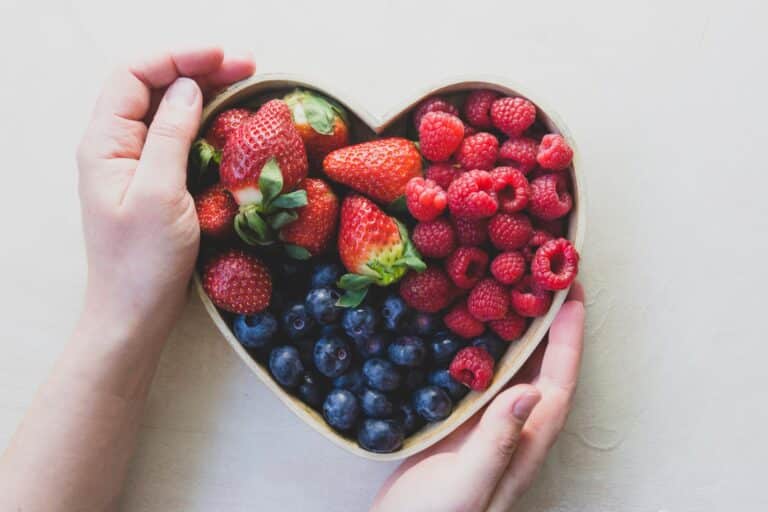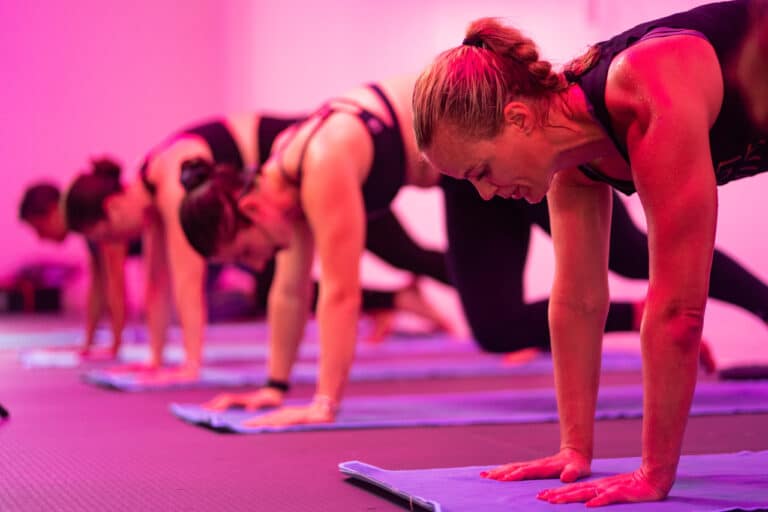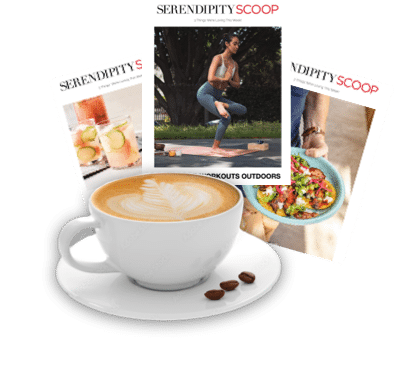These wellness ingredients, supplements and gadgets are said to improve everything from memory to diet to sleep. Find out how they live up to the hype.
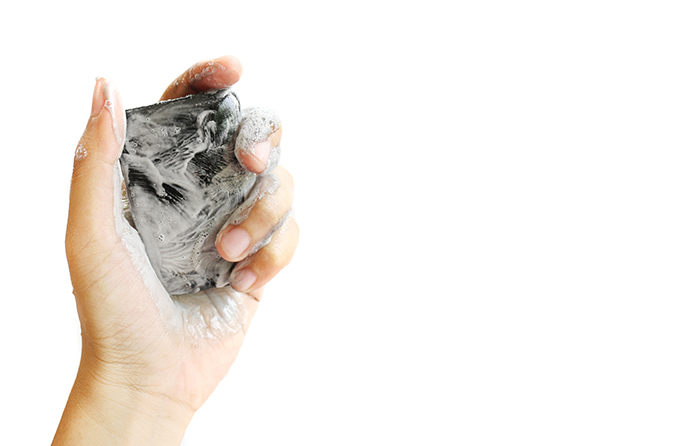
MIRACLE INGREDIENT
Charcoal
Used for years in emergency rooms to treat overdoses, charcoal works by trapping toxins and preventing them from being absorbed by the body. Activated charcoal can now be found in everything from ash ice cream to pressed juices to soap bars. Purifying toothpastes promise to whiten teeth and eliminate harmful bacteria, but some experts warn they can be abrasive. While studies have shown that charcoal may provide benefits like lowering cholesterol, relieving bloating and gas, and helping with morning sickness, there are conflicting reports about its efficacy. For now, consensus seems to be that its best use may be in beauty products: “Activated charcoal can help to draw out toxins, and thoroughly clean the skin and prevent absorption of bacteria and micro-particles,” says Dr. Robin Evans, a Stamford-based dermatologist and clinical instructor at the Albert Einstein College of Medicine. “It also helps to slough keratin, which helps to combat and treat acne by giving a thorough cleaning.” It works particularly well in masks, says Evans, who recommends leaving them on for 10-15 minutes for maximum benefit.
SUPPLEMENT OF THE MOMENT
Nootropics
Cognitive-enhancing drugs—known as nootropics—are dietary supplements that are supposed to improve memory and focus, promote concentration, prevent brain deterioration, and even reduce stress levels and anxiety. While they’re popular among uber-competitive executives looking for a competitive edge, nootropics are also used by aging populations to combat brain fog. The supplements—sold under brand names including Neuro-Peak ($21), Opus by Nooesis ($60) and Focus+ by Excelerol ($31.81)—incorporate ingredients such as gingko biloba, choline and magnesium. However, they aren’t a miracle cure, says Dr. Kunal Desai, a neurologist at Greenwich Hospital, Yale Medicine and Yale Neurology. “Living a healthy lifestyle—getting routine exercise, eating a healthy, balanced diet, not smoking and not drinking—is what really decreases your likelihood of developing conditions like strokes and vascular dementia.”
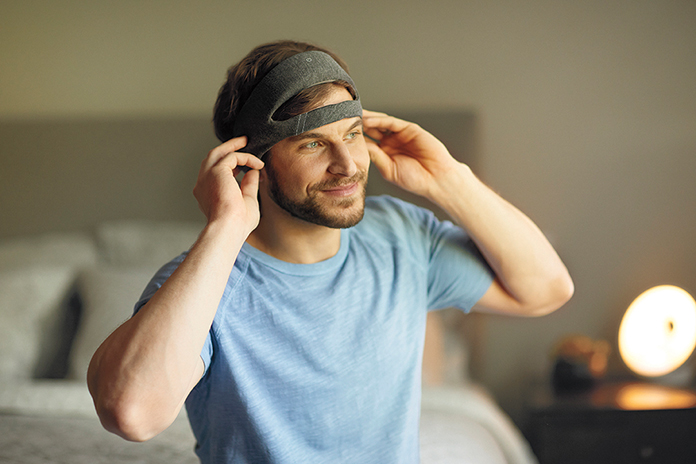
TECH TO TRY
Sleep Aids
Technology often gets a bad rap for robbing us of sleep—all that blue light from phones, computers and tablets before bed can prevent you from getting optimal rest, researchers say. But new technologies are being touted as a means to getting better, more restful shuteye: Digitized beds—such as the Sleep Number 360 i10 Smart Bed ($5,199 for king), ReST Bed (from $2,799), and Eight Sleep (from $699)—do things like optimize temperature control, share data about REM cycles, customize support and change firmness in real time; and they help you wake up naturally while in a stage of light sleep. The Nokia Sleep ($100) is a device that you slip under your mattress that does sleep cycle analysis, heart rate tracking, and even snore detection. The Philips SmartSleep ($400) is a headband worn while sleeping, and it claims to improve sleep quality, increase energy and boost alertness.
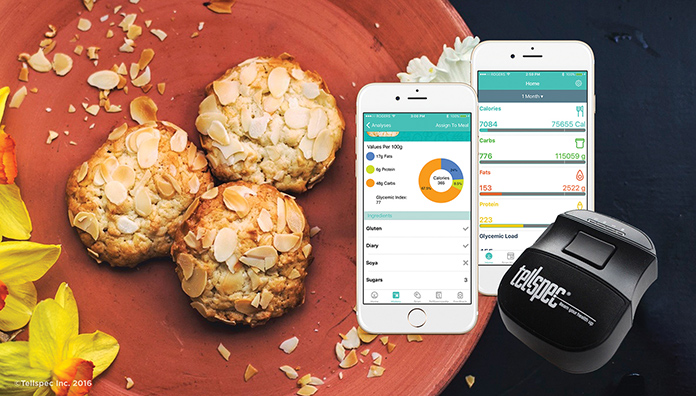
FOOD GADGETS
Allergen Dectectors
Hand-held spectrometers—devices that use light to analyze certain foods—are now commercially available at affordable prices. With nearly 15 million Americans affected by food allergies—and the potential for accidental food cross-contamination—these devices may not only be convenient, but also life-saving. The Nima gluten sensor ($229) can detect whether a product has gluten or if a piece of fruit is ripe; the Nima peanut sensor will also be available soon. How it works: You simply insert a pea-sized amount of the food into a single-use tube in the sensor and results are delivered within three minutes. Another option, the Tellspec Food Sensor ($1,450), analyzes food at the molecular level to identify ingredients and provide details about food scanned via a mobile app. “If they prove to demonstrate effectiveness determining certain components for individuals with food sensitivities, these could play a wonderful role,” says Linda Arpino, registered dietician nutritionist and CEO of Life Focus Nutrition in Rye Brook, NY, and Stamford, CT.
NEW EATING PLAN
Low FODMAP Diet
If you’re plagued by an upset stomach after eating, a Low FODMAP diet may help. FODMAP stands for fermentable oligo-, di-, mono-saccharides and polyols—it classifies groups of carbohydrates that can trigger digestive symptoms such as bloating, gas and abdominal pain in patients with irritable bowel syndrome. “These carbs are poorly absorbed from the small intestine and enter the colon, where they cause an increase in water volume, lead to gas production through fermentation by colonic bacteria, and increase intestinal motility,” says gastroenterologist Dr. Jennifer Bonheur, a clinical instructor at NYU School of Medicine and an attending gastroenterologist at NYU Langone Medical Center and Lenox Hill Hospital. Some culprits include wheat, legumes, milk, honey and sweeteners. Low FODMAP foods are things like meat, brown rice, spinach, kale and tomatoes. Remove foods that are potential triggers, and then slowly reintroduce them.
Kids in Sports: What to Know Now
Kids’ athletic programs are getting competitive at younger ages, and kids’ bodies are paying the price, experts say. In young children, common sports injuries include fractures and ankle strains, and as children get closer to skeletal maturity, ligament sprains and ACL tears. With kids becoming more focused athletes, doctors are encouraging parents to pump the brakes. “It’s not a great idea for kids to do just one sport year round,” says Dr. Moira McCarthy, orthopedic surgeon in sports medicine at the Hospital for Special Surgery. “It’s better for them to use different muscle groups to be sure they’re well rounded in athletics—and they’ll be more likely to stay injury- and pain-free because they’ll be less likely to have overuse injuries.” For instance, baseball players may get “Little League shoulder” or swimmers may have rotator cuff tendinitis. But no matter what sport kids are playing, McCarthy emphasizes hip and core strength as a key for preventing injuries: “When you’re running, it’s an alternating single leg activity. If you don’t have good alignment of your legs and fall into a more knock-kneed position, you increase injury rates,” she says—specifically, the likelihood of an ACL tear. A critical practice, McCarthy says, is for teams to incorporate strength and stretching into every workout even for just a few minutes. A good rule of thumb for parents: If there is bruising, swelling, pain or instability in a joint, it shouldn’t be ignored.
Photos by (charcoal soap) Pleiades Vector/Shutterstock.com
